Does Ecuador Have Green Zones? Explore Its Natural Beauty
Last updated on June 11th, 2025 at 09:37 pm
Dude, I’ve gotta tell you about the time I almost stepped on a snake in Ecuador. Yeah, I know, not the best way to start a story about nature conservation, but hear me out. I was actually exploring one of the country’s protected areas when it happened—which got me wondering: does Ecuador have green zones everywhere, or did I just get lucky?
So there I was, stumbling around this foggy forest at like 6 in the morning because some guide told me that’s when the “magic happens.” I’m thinking, yeah right, magic my ass – I just want coffee. Can’t see jack because of all this mist, and I’m pretty much walking blind when BAM – this colorful thing moves right by my foot.
Turns out it wasn’t even a dangerous snake, just some harmless little guy doing his morning routine. But that moment? That’s when I realized I wasn’t just hiking through any old woods. I was walking through one of Ecuador’s protected green zones, and everything around me was alive in ways I’d never experienced before.
Look, I’m gonna be straight with you – before this trip, I thought “green zones” were just some made-up eco-tourism garbage that countries slap on brochures to get your money. Man, was I an idiot.
Table of Contents
Does Ecuador Have Green Zones? Here’s What They Actually Are
Okay, here’s the thing that blew my mind. Ecuador took nearly 20% of their entire country – not just some random patches, but a FIFTH of everything they’ve got – and said “this is off-limits for development.”
That’s insane when you think about it. Imagine if Florida just decided to protect everything south of Orlando and told developers to go find somewhere else to build their condos.
They’ve got all kinds of different protected areas:
- National parks where you need permission just to look at stuff wrong
- Wildlife refuges that are basically witness protection for endangered animals
- Ecological reserves for protecting specific ecosystems
- Protected forests where cutting down trees will land you in serious trouble
But here’s what makes Ecuador nuts – they crammed four completely different worlds into one country about the size of Nevada. You’ve got tropical beaches, mountains that’ll give you altitude sickness, jungle that looks like Jurassic Park, and those weird volcanic islands with giant tortoises. Each place protects totally different stuff.
The Galápagos – Yeah, They’re Actually That Good
Everyone talks about the Galápagos like they’re the Holy Grail of nature trips. I figured it was all hype, you know? Like how everyone says Disney World is magical but it’s really just expensive and crowded.
Wrong again. These islands are absolutely mental, and I mean that in the best way.
They’ve locked down 97% of the land area. You can’t just wander around taking Instagram photos wherever you want. Everything’s controlled, everything has rules, and that’s exactly why it works.
My guide there, this guy Eduardo who’d been doing tours for like 15 years, showed us tortoises that were legitimately older than my grandparents. These animals have been chilling on these islands since before cars were invented. Just living their best tortoise life while the world went crazy around them.


The stats are pretty wild – they’ve got over 9,000 land species and about 3,000 marine ones. A third of everything there exists nowhere else on Earth. Swimming with sea lions was cool, but penguins at the equator? That just messes with your brain.
The whole place feels like nature decided to run a crazy experiment and somehow it all worked out perfectly.
Amazon Jungle That’ll Make Your Head Spin
Ecuador’s chunk of the Amazon isn’t huge compared to Brazil’s monster section, but holy crap, it’s concentrated awesome. The amount of life packed into these areas is absolutely ridiculous.
I spent five days at this place called Yasuní with probably the best guide I’ve ever had – this local dude Marcus who could spot animals I couldn’t see even when he pointed them out. He casually drops that one hectare of forest there has more tree species than all of North America. Just sits there eating lunch while my brain tries to process that information.
Every single day was like opening a present you didn’t know you wanted. Monkeys I’d never heard of, birds that looked like someone let a five-year-old loose with finger paints, and plants that seemed to break the rules of how plants are supposed to work.
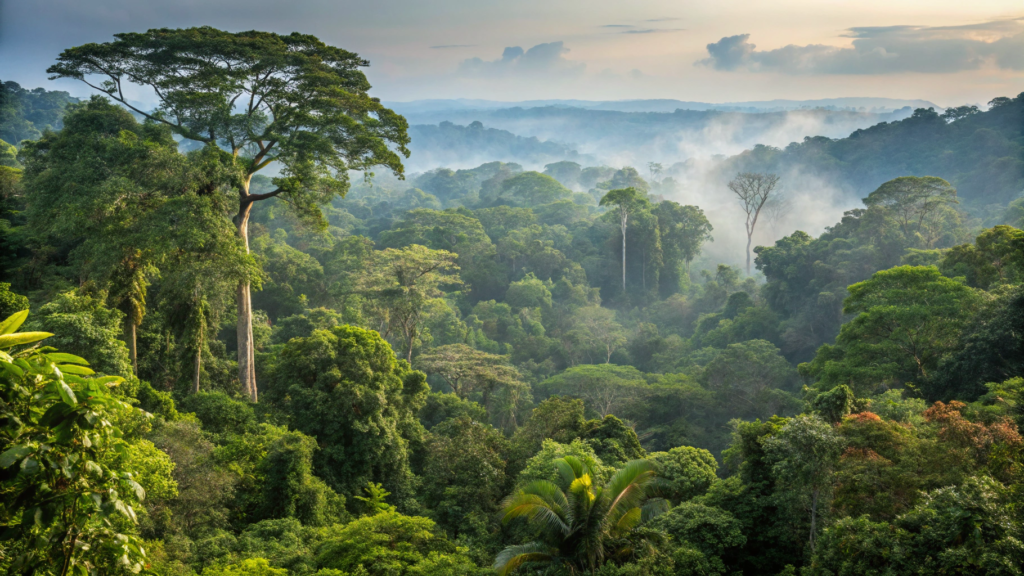

What really got me was meeting the indigenous communities. These aren’t tourist shows – these are people whose families have lived in these forests for generations, and they’re the ones actually protecting them. They know more about this ecosystem than any university professor ever could.
Why these Amazon areas matter:
- Highest concentration of different species anywhere on the planet
- Indigenous communities who actually know how to take care of this stuff
- Plants that could cure diseases we haven’t even discovered yet
- Basically the lungs of our planet
- Still finding completely new animals regularly
The crazy part? Scientists are still discovering brand new species there all the time. Like, animals that have never been seen before by science. How is that even possible in 2024?
Cloud Forests That Don’t Seem Real
That snake encounter I mentioned? That was in Mindo, this cloud forest area that’s probably the easiest protected zone to get to in Ecuador. And man, if you only see one place, make it this one.
Cloud forests are literally what they sound like – forests that hang out in the clouds. The constant fog and mist turn everything into this fairy tale landscape where moss grows on everything and plants grow on top of other plants. It’s like nature got really high and decided to decorate.
I’m not a morning person AT ALL, but I was getting up at 5 AM every day just to see what birds I could find. This place has over 400 bird species. That’s more variety in one small area than most entire countries have.
These cloud forests aren’t just pretty though. They’re like giant water filters, providing clean drinking water to millions of people down in the valleys. Plus they help control weather patterns and give migrating birds a place to rest during their thousand-mile journeys.
Every tree is basically its own little apartment building for dozens of different plants, insects, and small animals. It’s nature’s version of a high-rise, but way cooler and with better views.
Mountain Areas That Look Like Alien Planets
Ecuador’s high mountain protected areas are completely different beasts. We’re talking about these grasslands called páramos that look like landscapes from science fiction movies.
I hiked through Sangay National Park, which goes from hot jungle at the bottom all the way up to glacial peaks. You can experience like five different climate zones just by walking uphill for a few hours. It’s insane – like traveling through different planets without a spaceship.
The animals up there are tough as hell. Spectacled bears (South America’s only bears) wander around like they own the place. These huge mountain tapirs cruise through the grasslands, and occasionally a puma shows up to remind everyone who’s really in charge.
The plants are just as hardcore. Most of them don’t exist anywhere else because they’ve adapted to these specific brutal conditions – freezing nights, intense sun during the day, thin air that makes you dizzy.
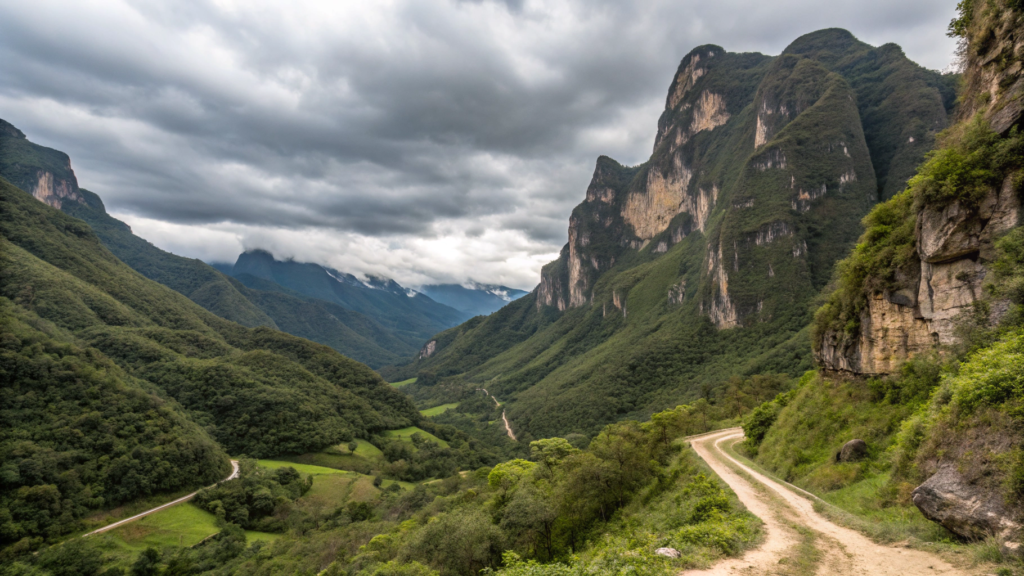

On clear days, the views are absolutely stupid good. You can see for what feels like forever across valleys and peaks that look like they belong in Lord of the Rings.
Good News That Actually Gives Me Hope
Here’s something that’ll restore your faith in humanity – these protected areas are actually working. I talked to park rangers, local guides, and conservation people, and their stories are genuinely encouraging.
Those giant tortoises in the Galápagos? In the 1970s, some species were down to maybe 15 individuals total. Today, thanks to breeding programs and keeping their habitat safe, several populations have made incredible comebacks.
In the Amazon, communities that started doing ecotourism and sustainable forest stuff are making way more money than they ever did from logging. Meanwhile, forest destruction in their areas has dropped big time. Turns out you can help people AND protect nature at the same time.
Real wins that impressed me:
- Tortoise species that were almost extinct are now doing great
- Deforestation has slowed way down in protected areas
- Local communities are becoming conservation champions
- New species discoveries happen regularly
- Tourism money directly pays for protection
Real Problems That Keep Me Up at Night
But I’m not gonna blow sunshine up your ass – these places face serious threats. Acting like everything’s perfect would be total bullshit.
Oil companies are constantly trying to drill in protected areas, especially the Amazon ones. There’s always this fight between making quick money and preserving these places for future generations. Mining companies want to dig up the mountains for valuable minerals too.
Climate change is already screwing with these ecosystems. Guides told me weather patterns are getting unpredictable, and animals are having to move to survive temperature changes.
Money is always a problem. Park rangers are overworked and underpaid. Equipment breaks and doesn’t get replaced. Some areas are so remote that nobody even knows what’s happening there half the time.
The big challenges that worry me:
- Never enough money for proper protection
- Constant pressure from oil and mining companies
- Climate change messing up natural patterns
- Too few people to monitor huge areas
- Trying to balance tourism money with actual conservation
Seeing these places up close really hit home how fragile they are. That incredible cloud forest where I almost stepped on a snake? It depends on very specific conditions that are already changing.
How to Visit Without Being a Tourist Asshole
If you’re thinking about checking out Ecuador’s green zones (and seriously, you absolutely should), here’s some real talk based on my screw-ups and successes:
Timing is everything. Different areas have totally different best times to visit. Galápagos is decent year-round, but jungle areas are way better during dry months (June through September). Cloud forests are good anytime, but certain seasons are better for seeing wildlife.
Get a local guide, and I mean a GOOD one. This isn’t about following stupid rules – these people know stuff you’ll never learn anywhere else. Marcus could identify bird calls from ridiculous distances and knew exactly which plants would give you a rash if you touched them.
Stay somewhere that actually supports conservation. Look for eco-lodges that employ local people and use their profits for protection efforts. The place I stayed in Mindo used solar power, composted everything, and half the staff were from nearby communities.
Pack like you actually understand what you’re getting into. Everything needs to be waterproof – and I mean EVERYTHING. My phone died on day four of my Amazon trip and I felt like I’d lost a limb. Bring backup batteries, decent hiking boots, and layers because temperatures can change fast.
Planning Your Trip Without Going Broke
Here’s the practical stuff guidebooks don’t tell you:
Permits are completely random depending where you go. Galápagos requires advance permits and you HAVE to use certified tour companies. Some cloud forest places you can just drive up to. Amazon areas usually need guides but not always permits. Always check current rules because they change.
Budget realistically. These aren’t cheap trips, but the money goes toward protecting these places. Galápagos trips range from $500-2000 per person depending on how fancy you want to get. Amazon lodge packages are usually $300-800 for multi-day stays. Cloud forest day trips can be as cheap as $50-200.
Be honest about your fitness level. Some areas require serious hiking at serious altitude. I was gasping like a fish at 12,000 feet in Sangay, and I thought I was in decent shape. Know your limits before you go.
Book early, especially for dry season. The good places fill up fast, and some areas have very limited accommodation options.
What’s Coming Next for These Places
Despite all the problems, I’m actually optimistic about the future. Ecuador is investing in some pretty cool monitoring technology. They’ve got satellite systems that can spot illegal logging in real-time, and they’re training local communities to use smartphone apps for wildlife monitoring.
There’s serious talk about creating wildlife corridors connecting different protected areas so animals can move freely between them. International conservation groups are stepping up with both money and expertise. The world is finally realizing that these relatively small protected areas are critical for keeping our entire planet healthy.
New protected areas get proposed regularly. The government seems genuinely committed to expanding protection, even when it pisses off powerful industries.
Why You Should Care Even If You Never Go
Let me be real with you for a second. Even if you never set foot in Ecuador, these green zones directly affect your life.
These areas help control global weather patterns. The Amazon parts pull carbon out of the air. The forests protect water supplies that millions of people depend on. The incredible variety of life preserved here could lead to medical discoveries that literally save your life someday.
Plus, Ecuador’s way of doing conservation – working WITH local communities instead of kicking them out – is becoming a model other countries are copying. It proves you can protect amazing places while helping people make a decent living.
Time to Make a Decision
So does Ecuador have green zones? Are you kidding me? They’ve got some of the most mind-blowing protected areas on the entire planet. Whether you’re into the evolutionary circus of the Galápagos, the life explosion of the Amazon, or the mystical weirdness of cloud forests, Ecuador’s green zones will completely change how you think about nature.
If you’re considering a visit, start planning yesterday. Many places book months ahead, especially during peak season. And don’t wait forever – while these areas are protected, they’re also changing because of climate and human pressures.
My experiences in Ecuador’s green zones totally changed how I think about conservation and what’s possible when people actually give a damn about protecting incredible places. They showed me that small countries can make massive differences when they commit to preserving their natural heritage.
What about you? Been to any of Ecuador’s protected areas, or thinking about planning a trip? I love talking about these incredible places and I’m always happy to help people figure out their adventures. Hit me up in the comments – let’s chat about these amazing spots!

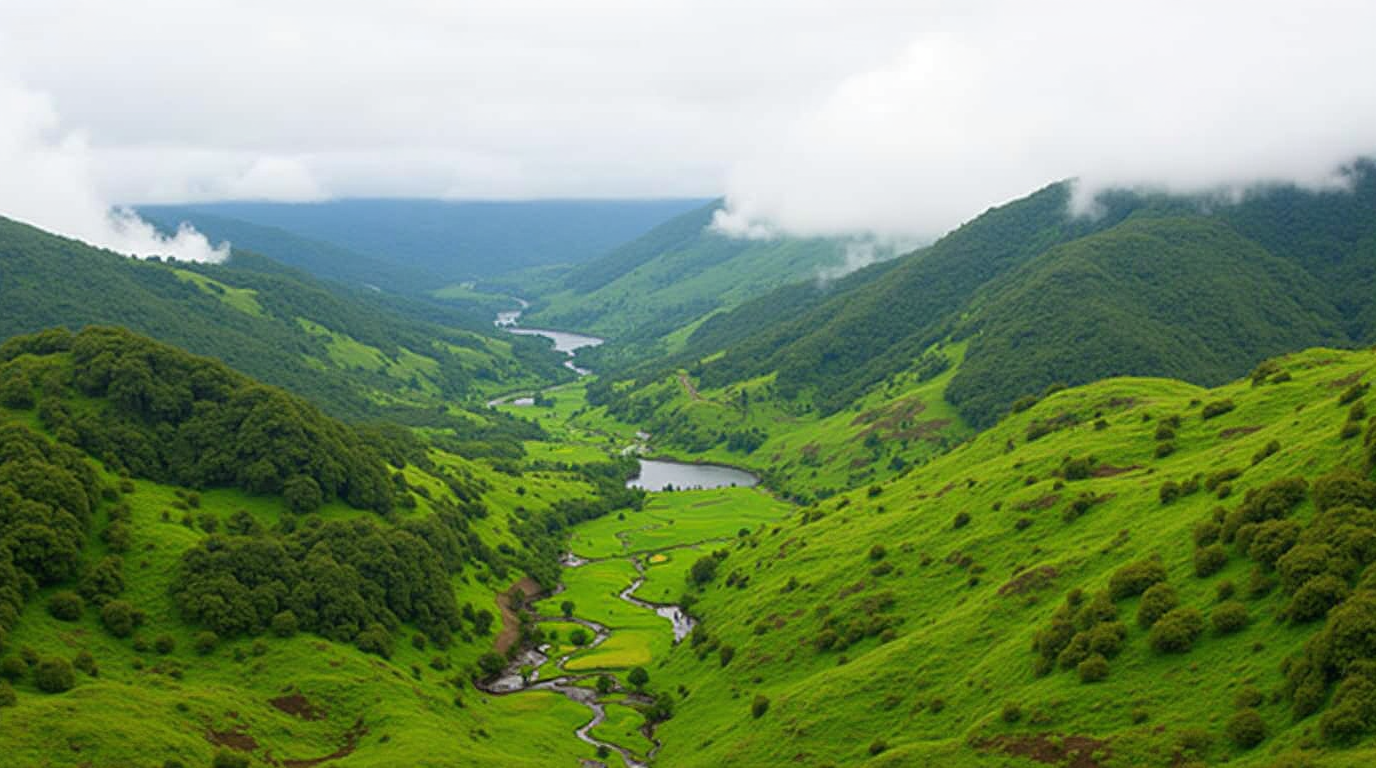
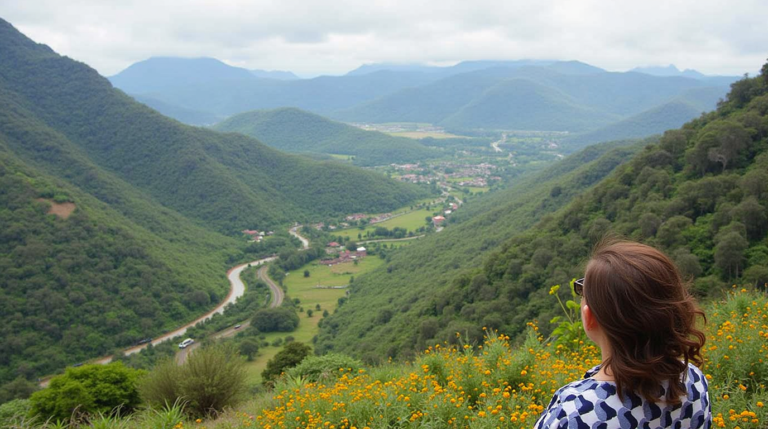
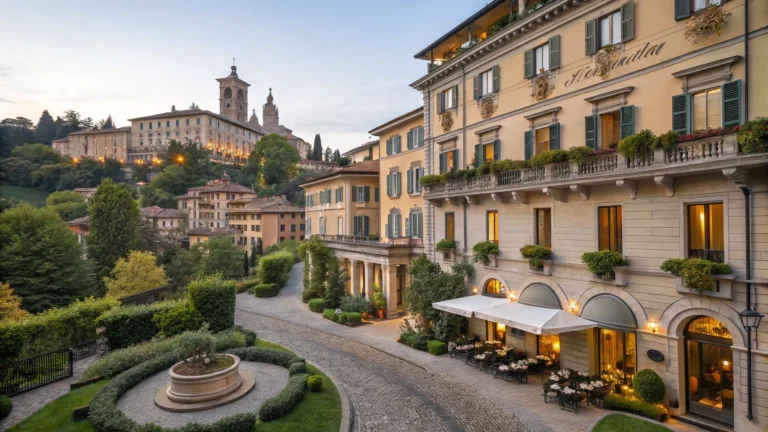
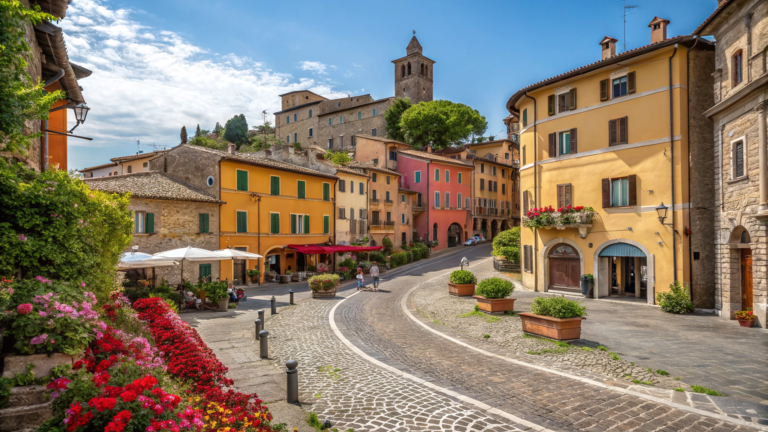
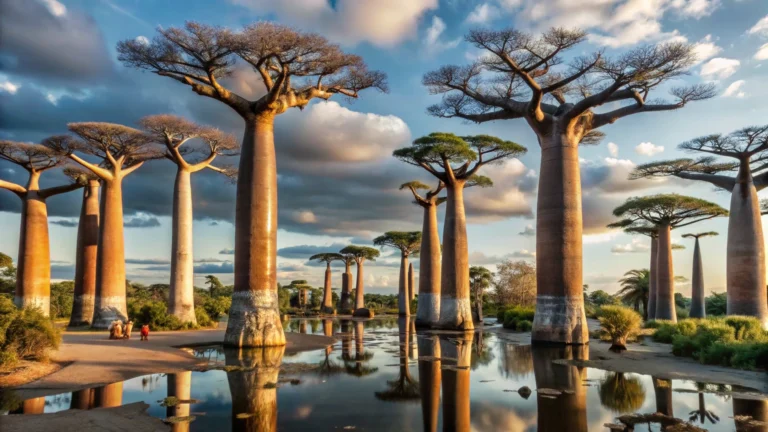
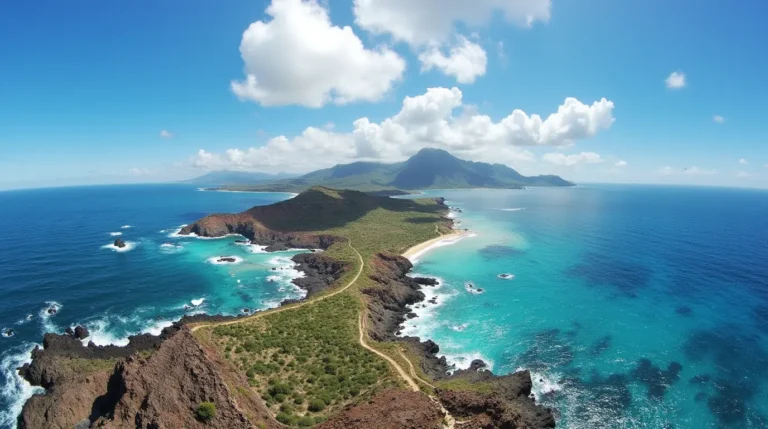
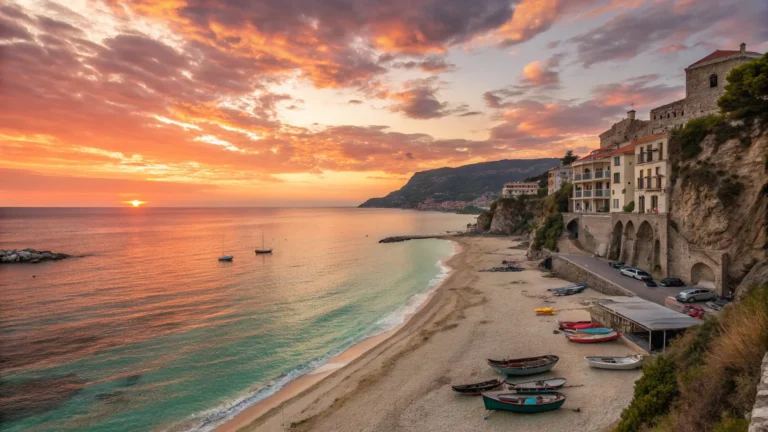
2 Comments